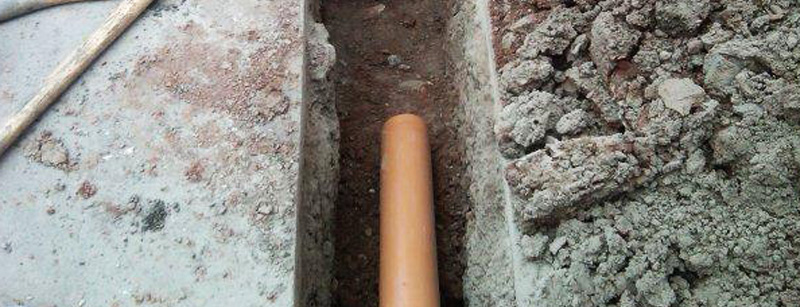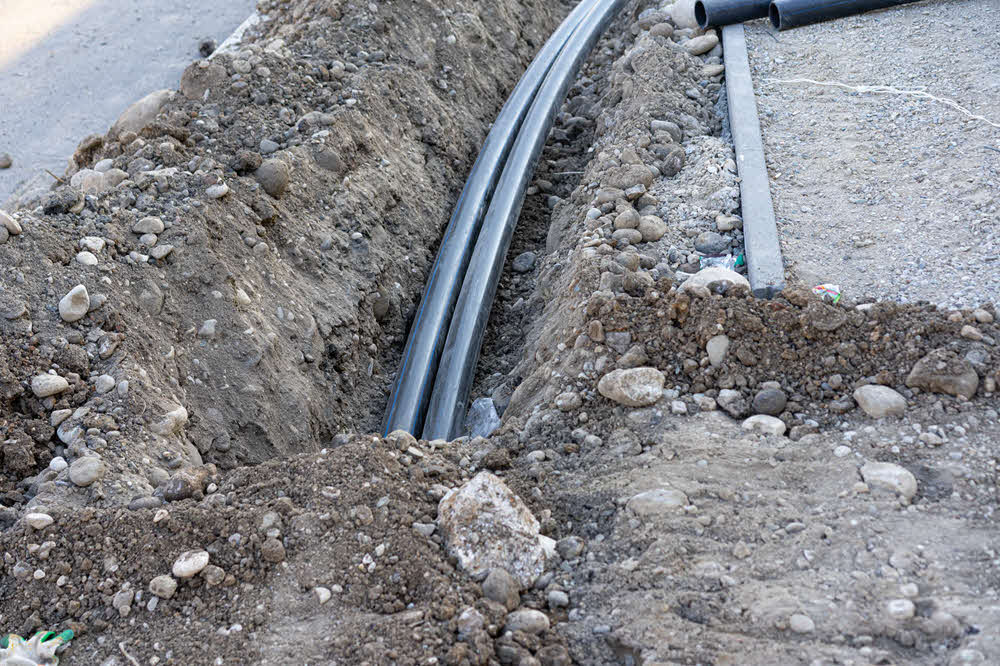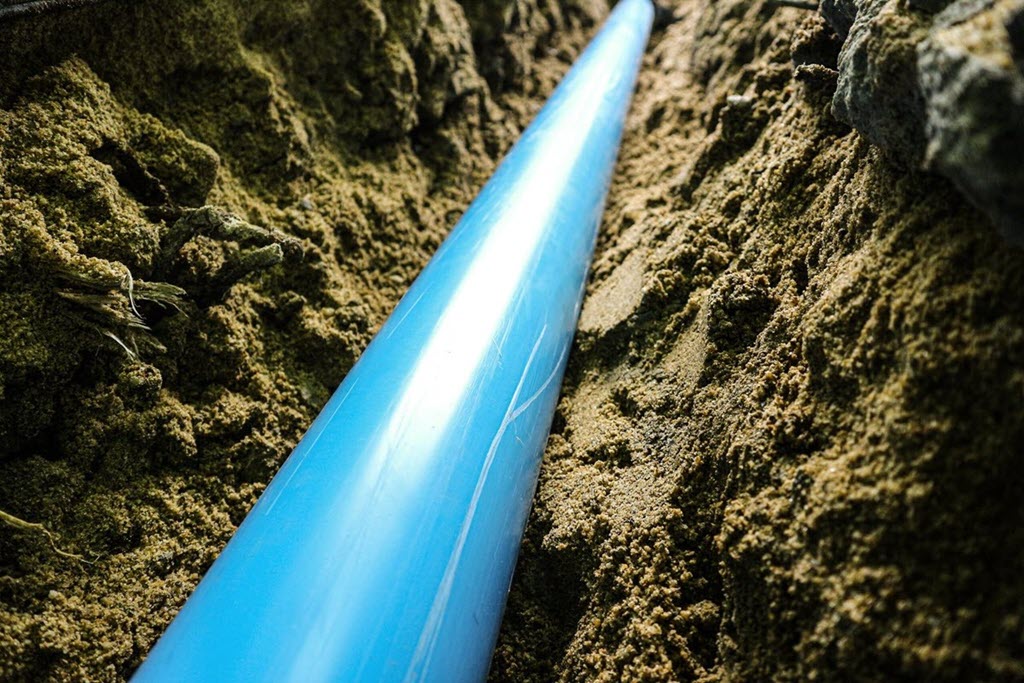Pipe Laying Servicesin Madison Heights MI
Pipe Laying Services to Support Efficient Infrastructure Development
We Are Locally Owned & Operated For Over 37 Years
Contact Us Today!
We Serve Businesses In And Around The Following Cities:
About Pipe Laying Services
An Introduction to Pipe Laying in Madison Heights
Commercial property development in Madison Heights comes with its own set of challenges and complexities, one of them being the installation of under ground pipes. Whether it is laying new pipes or repairing and renovating existing ones, the process requires precision, expertise, and a deep understanding of city regulations. In this comprehensive guide, we delve into the world of pipelaying, a task critical to any development related to commercial properties.
Unlocking the World of Pipe Laying
Pipelaying is a specialized task involving the installation and maintenance of piping systems. These systems can accommodate a variety of needs such as gas lines, drainage systems, and sewer lines. The processes associated with these can include running a propane line underground, or installing a PVC storm water pipe. Each project is unique, varying in scope scale, and complexity, all while miring under specific, local regulations. One such process we often encounter in Madison Heights, for example, involves underground sewerage pipe installation, a task crucial to the establishment and functioning of any commercial building.
The One-Stop Platform: D&J Contracting
While managing a commercial property development project in Madison Heights, one may encounter many contractors who offer pipelaying services. Yet, few can demonstrate the level of expertise and reliability as offered by D&J Contracting. Their well-established and proficient team have undertaken projects varying from drain pipe installation for rainwater to running a gas pipe underground. Their understanding of local processes, requirements and terrain make them a reliable partner.
Managing Storm Water Drain Pipe Installation
Madison Heights, due to its climate and geography, has a specific set of demands regarding storm water management. The installation of a PVC storm water pipe is often an integral part of this overall storm water management system. The correct placement and alignment of these pipes, usually under the supervision of D&J Contracting, ensures that storm water drains efficiently, minimizing potential damage to commercial property infrastructure. The benefits of a correctly installed drainage system are numerous, including reducing the risk of flooding and the resultant damage to property and infrastructure.
Benefits of Effective Pipelaying
Correct and strategic pipelaying could be a vital contributor to the long-term sustainability and efficiency of a commercial building’s functioning. For instance, running propane line underground rather than above ground can reduce the potential risk of damage and ensure a safer environment. Similarly, underground storm pipe handling can significantly improve the building’s resilience during extreme weather conditions. Trusted firms like D&J Contracting ensure the efficient completion of these tasks to reap these benefits.
Running Gas Pipe Underground: A Skilled Task
Running a gas pipe underground is another crucial but demanding job, requiring a deep understanding of the pipe material, soil conditions, and safety regulations. When executed properly, it presents numerous benefits in terms of safety and aesthetics for commercial entities and may be a task D&J Contracting can help businesses navigate.
Reality of Pipe Laying in Madison Heights: A Case Study
Consider a recent development where D&J Contracting undertook the task of running propane line underground for a commercial entity in Madison Heights. They meticulously planned and executed the task following every stipulated guideline. The transformation in safety and aesthetic appeal for the company was significant enough to attest to the value that an efficiently completed pipelaying project can bring to commercial entities in Madison Heights.
In conclusion, the complexities of pipelaying in Madison Heights are vast and varied and can impact a project profoundly. Commercial property owners need to ensure a thorough process, excellent adherence to safety regulations, and expert execution. A partnership with a reliable contractor like D&J Contracting could be instrumental in unlocking the potential and ensuring the efficient functionality of a commercial property. For more information, we recommend reaching out to them and discovering how they can make your next project a successful one.
Pipe Laying Services Gallery


Call Us Today to receive your Free Quote for
Pipe Laying in Madison Heights
Serving: Madison Heights, Michigan

About Madison Heights, Michigan
Originally part of Royal Oak Township, Madison Heights incorporated as a city by popular vote on January 17, 1955, and chartered on December 6 of that same year, becoming the tenth city government in southern Oakland County. At that time, the 7.2 square miles (18.6 km) city was one of the largest suburban communities in the Metro Detroit area. The first city hall was at 26305 John R Road, the former township offices. On April 5, 1963, a new municipal building was dedicated which is on the present location at 300 West Thirteen Mile Road. The city lies in the Interstate 696 (I-696) and I-75 corridor and is served by two primary school districts, Lamphere and Madison, as well as a full-service municipal government.
According to the United States Census Bureau, the city has a total area of 7.09 square miles (18.36 km), all land.
Although 91% of the buildings in Madison Heights are single-family homes or condominiums (approximately 9,800 residential property owners), 60% of the tax base is fueled by light industrial or commercial property. The city has 15 voting precincts, totaling more than 21,000 registered voters.
Madison Heights shares borders with Troy to the north, Royal Oak to the west, Hazel Park to the south, and Warren to the east. The eastern border of Madison Heights (Dequindre Road) is also the border between Oakland and Macomb counties.
There are more than 112 miles (180 km) of road within Madison Heights, of which the city maintains 105 miles (169 km), 95 miles (153 km) for snow removal, sweeping, and patching. Interstate 75 passes north to south on the west side of the city, and Interstate 696 is the major feature of its southern border. The junction of these two highways is shared with Royal Oak and Hazel Park on the southwest corner of Madison Heights.
| Census | Pop. | Note | %± |
|---|---|---|---|
| 1960 | 33,343 | — | |
| 1970 | 38,599 | 15.8% | |
| 1980 | 35,375 | −8.4% | |
| 1990 | 31,296 | −11.5% | |
| 2000 | 31,101 | −0.6% | |
| 2010 | 29,694 | −4.5% | |
| 2020 | 28,468 | −4.1% | |
| U.S. Decennial Census | |||
As of the 2020 United States census of 2020, there were 28,468 people and 13,487 households in the city. The population per square mile is 4,017.5.
The racial makeup of the city was 80.4% White, 7.8% African American, 0.2% Native American, 7.2% Asian, 0.1% Pacific Islander, 3.6% from two or more races. Hispanic or Latino residents of any race were 2.0% of the population.
There were 13,487 households, of which 14.7% spoke a language other than English at home. People under 65 years of age with a disability accounted for 11.1% of the city’s population, and 11.7% of the city’s population was living below the federal poverty line. Households without a broadband internet subscriptions made up 11.9% of the community.
16% of residents were under the age of 18; and 16.3% were 65 years of age or older. The gender makeup of the city was 49.4% male and 50.6% female.
As of the census of 2010, there were 29,694 people, 12,712 households, and 7,543 families residing in the city. The population density was 4,188.2 inhabitants per square mile (1,617.1/km). There were 13,685 housing units at an average density of 1,930.2 per square mile (745.3/km). The racial makeup of the city was 83.9% White, 6.4% African American, 0.5% Native American, 5.8% Asian, 0.1% Pacific Islander, 0.7% from other races, and 2.7% from two or more races. Hispanic or Latino residents of any race were 2.5% of the population.
There were 12,712 households, of which 27.5% had children under the age of 18 living with them, 41.0% were married couples living together, 12.9% had a female householder with no husband present, 5.4% had a male householder with no wife present, and 40.7% were non-families. 34.1% of all households were made up of individuals, and 11.8% had someone living alone who was 65 years of age or older. The average household size was 2.32 and the average family size was 3.02.
The median age in the city was 38.3 years. 20.4% of residents were under the age of 18; 8.7% were between the ages of 18 and 24; 30.4% were from 25 to 44; 26.6% were from 45 to 64; and 13.9% were 65 years of age or older. The gender makeup of the city was 49.1% male and 50.9% female.
As of the 2000 United States census, there were 31,101 people, 13,299 households, and 8,005 families residing in the city. The population density was 4,341.3 inhabitants per square mile (1,676.2/km). There were 13,623 housing units at an average density of 1,901.6 per square mile (734.2/km). The city’s racial makeup was 89.60% White, 1.82% African American, 0.44% Native American, 4.97% Asian, 0.03% Pacific Islander, 0.46% from other races, and 2.68% from two or more races. Hispanic or Latino residents of any race were 1.61% of the population.
There were 13,299 households, of which 26.9% had children under the age of 18 living with them, 45.2% were married couples living together, 10.5% had a female householder with no husband present, and 39.8% were non-families. 33.8% of all households were made up of individuals, and 12.3% had someone living alone who was 65 years of age or older. The average household size was 2.33 and the average family size was 3.02.
In the city, 22.1% of the population was under the age of 18, 8.1% was from 18 to 24, 35.4% from 25 to 44, 20.2% from 45 to 64, and 14.2% was 65 years of age or older. The median age was 36 years. For every 100 females, there were 95.8 males. For every 100 females age 18 and over, there were 92.9 males.
The city’s median household income was $42,326, and the median family income was $51,364. Males had a median income of $41,478 versus $29,345 for females. The city’s per capita income was $21,429. About 7.0% of families and 8.9% of the population were below the poverty line, including 10.8% of those under age 18 and 13.0% of those age 65 or over.
In 2008, 1.9% of the Madison Heights population were of Vietnamese descent. 168 Asian Mart, a 38,000-square-foot (3,500 m) supermarket, is the largest Asian supermarket in southeast Michigan, and one of the largest in the state. The Chinese Cultural Center is in Madison Heights.
The mayor of Madison Heights is Roslyn Grafstein, who was appointed as Mayor in August 2020 to fill a vacant seat.
Madison District Public Schools and Lamphere Public Schools have public schools serving Madison Heights.
Bishop Foley Catholic High School is a private school.
Four Corners Montessori Academy is a public charter school.
Call Us Today to receive your Free Quote for
Pipe Laying in Madison Heights
Related Services in Madison Heights, Michigan
We Serve Businesses In The Following Zip Codes:
48007, 48015, 48021, 48026, 48035, 48036, 48038, 48042, 48043, 48044, 48045, 48046, 48047, 48048, 48050, 48051, 48066, 48071, 48080, 48081, 48082, 48083, 48084, 48085, 48088, 48089, 48090, 48091, 48092, 48093, 48098, 48099, 48225, 48230, 48236, 48310, 48311, 48312, 48313, 48314, 48315, 48316, 48317, 48318, 48397